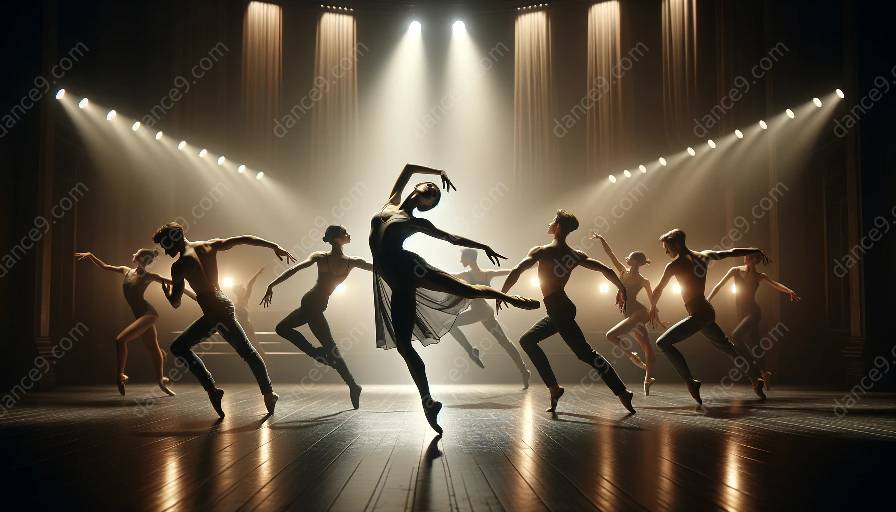The Interdisciplinary Nature of Contemporary Dance Classes
Contemporary dance is a vibrant and ever-evolving form of artistic expression that transcends boundaries and connects with various academic disciplines. Its interdisciplinary nature allows for a deep exploration and integration of diverse fields, enriching both the practice of dance and the understanding of other subjects.
Psychology and Dance
Psychology plays a pivotal role in contemporary dance, as it delves into the emotional, mental, and physical aspects of human expression and movement. Through the study of psychology, dancers gain insight into the nuanced emotions and motivations behind their movements, enhancing their ability to convey a range of emotions through their performances.
Emotional Expression
The study of psychology equips dancers with a deeper understanding of emotional expression, helping them convey complex feelings through movement. As dancers explore psychological concepts such as empathy, motivation, and cognition, they can infuse their choreography with heightened emotional resonance, creating impactful performances that resonate with audiences.
Mental Well-being
Dance classes often incorporate psychological practices to enhance mental well-being. Through mindfulness techniques, dancers can improve their focus, reduce performance anxiety, and cultivate a positive mindset, ultimately enhancing their overall dance experience. By integrating psychological principles into their training, dancers can develop a holistic approach to maintaining mental wellness while honing their skills.
Anatomy and Kinesthetic Awareness
The study of anatomy is integral to contemporary dance, providing dancers with a comprehensive understanding of their bodies and movement capabilities. By delving into the intricacies of anatomy, dancers develop a heightened kinesthetic awareness, enabling them to execute movements with precision, grace, and reduced risk of injury.
Body Mechanics
Anatomical knowledge empowers dancers to optimize their body mechanics and alignment, leading to improved movement quality and efficiency. By understanding the musculoskeletal system and its functions, dancers can cultivate strength, flexibility, and coordination while minimizing the potential for physical strain or injury.
Kinesthetic Intelligence
Contemporary dance classes emphasize kinesthetic intelligence, which involves the awareness of one's body in space and the ability to execute movements with precision and control. Through the study of anatomy, dancers refine their kinesthetic awareness, allowing them to express themselves with clarity and fluidity, thereby enhancing their artistic prowess.
Cultural Studies and Dance
The intersection of contemporary dance and cultural studies fosters a rich tapestry of diverse influences, traditions, and narratives, shaping the evolution of dance as a dynamic reflection of societal, historical, and global contexts. By embracing cultural studies, dancers gain a deeper appreciation for the interconnectedness of dance and society, broadening their artistic perspectives and enriching their creative expression.
Multicultural Influences
Contemporary dance draws inspiration from various cultures, traditions, and global perspectives, creating a dynamic fusion of movement vocabularies and storytelling techniques. Through the lens of cultural studies, dancers explore the historical, social, and artistic contexts that inform diverse dance styles, enabling them to embrace and embody the richness of multicultural influences in their performances.
Social Commentary
Contemporary dance often serves as a powerful platform for social commentary, addressing pressing issues and advocating for change through movement and expression. By engaging with cultural studies, dancers gain a deeper understanding of societal dynamics, inequalities, and cultural shifts, empowering them to infuse their choreography with thought-provoking narratives that resonate with contemporary audiences.
Conclusion
The interdisciplinary connections between contemporary dance and other academic disciplines offer a wealth of opportunities for dancers to deepen their artistic practice, expand their knowledge base, and engage with diverse perspectives. By integrating psychology, anatomy, and cultural studies into the realm of dance, contemporary dancers embark on a holistic journey of self-discovery, creativity, and meaningful expression, enriching the fabric of both their art and academic exploration.













































































